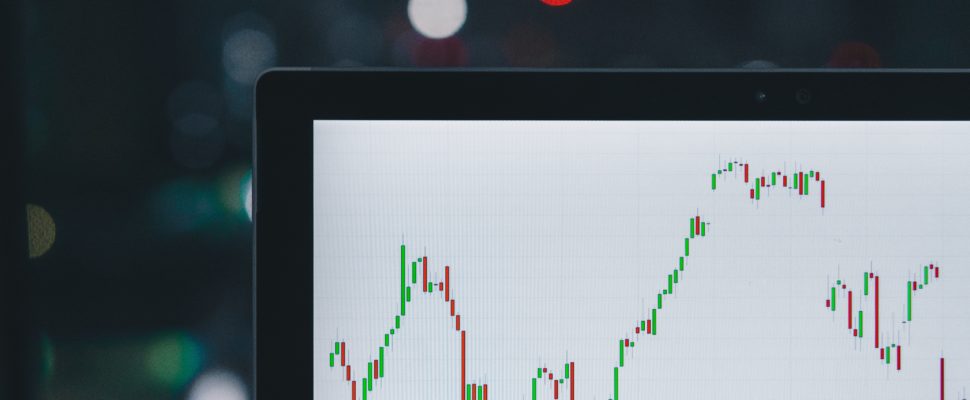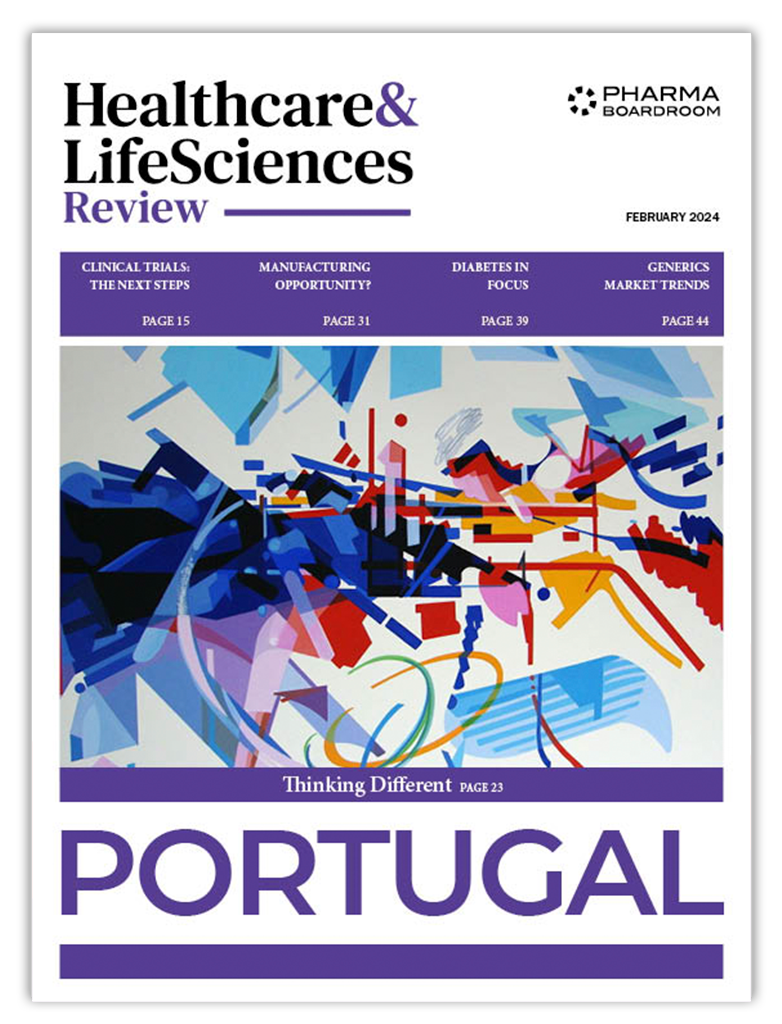China is a hot topic in Big Pharma investor updates these days. The world’s second-largest pharmaceutical market boasts sales growth that continuously surpasses that of the US and other developed regions. However, with the rollout of the “4+7” procurement scheme slashing drug prices, industry insiders are predicting a more turbulent 2019 and beyond.
In a recent analysis of big pharma companies including Eli Lilly, Pfizer, Roche, Sanofi, Merck & Co and AstraZeneca, first-quarter growth in emerging markets averaged 13.3 percent, but in China, that number was 29 percent—versus 8.2 percent in the US. This growth has been steadily increasing since 2017, but investors wonder how long that kind of growth can last and predict uneven growth in upcoming quarters.
One reason for this outlook is the that as the Chinese government speeds up access to new innovative drugs, it’s clamping down on off-patent drug prices to help pay for them. A novel procurement scheme dubbed “4+7” after the four directly managed municipalities and seven key cities in which it has been rolled out aims to slash generic drug costs.
For Pfizer, which has reliably enjoyed 20 percent-plus growth in China during the last four quarters, the “4+7” pain is coming for cholesterol drug Lipitor. For AstraZeneca, the 4+7 program has negatively impacted some drugs such as Crestor, whose first-quarter revenue in China sank 6 percent after experiencing a 22 percent increase in 2018.
Merck’s China business grew most in Q1, at 58 percent. That growth has mainly been driven by HPV vaccine Gardasil and immuno-oncology drug Keytruda, a cutting-edge therapy for lung cancer. About 60 percent to 70 percent of Merck’s business in China is comprised of these and other innovative products, which positions Merck well against pricing headwinds for some of its older products.
Rogier Janssens, General Manager Biopharma at Merck China, commented on the 4+7 pricing, noting that, “We have not seen the impact of the price cuts yet. What is most important is that we are now able to bring our innovations to the Chinese market because the environment has opened up… The end result is that we can reach many more patients with our innovative treatments, which we are very proud of.”
Eli Lilly has secured future growth in China through a partnership with China’s National Center for Cardiovascular Diseases as well as the sale of two legacy antibiotics to Chinese company Eddingpharm. In a recent interview, Eli Lilly General Manager Julio Gay-Ger reflected, “Today, the Chinese pharmaceutical market is advancing very quickly in terms of accelerated market approvals, reimbursement, policies promoting innovation and so on. These are all very positive developments but create similar dynamics of uncertainty and risk.”
Roche Pharma China General Manager Hong Chow reports, “I am optimistic that the China healthcare market will continue to grow. Currently, healthcare spending in China is only six percent of GDP compared to an OECD average of 10 percent and 18 percent in the US. Secondly, the market is moving in a more sustainable direction, with more emphasis on quality and innovation.”
Some pharma companies are less optimistic about sustained growth despite previously high earnings. For Sanofi, cardiovascular drugs Plavix and Avapro reached their best-ever Chinese sales increases of 9.1 percent and 22 percent respectively. However, its overall China growth is “not expected to repeat” for the full year, CEO Olivier Brandicourt said on its earnings call in April.


